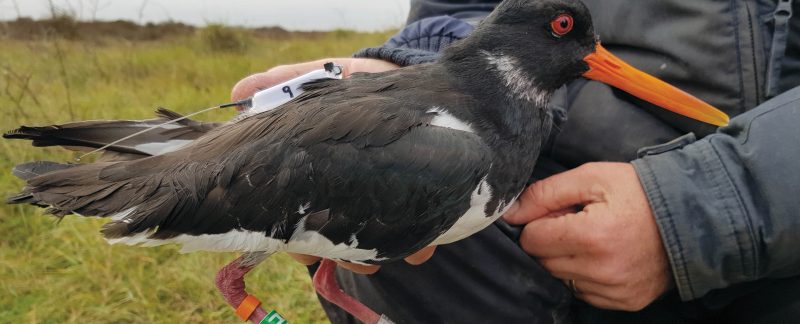One of the most visible birds on The Wash beaches must be the Oystercatcher. With its distinctive black and white plumage, orange bill and strident ‘kleep’ call, it’s certainly hard to miss! But where do ‘our’ Oystercatchers go when they leave The Wash? The map summarises the international movements of ‘our’ Oystercatchers – the red triangles are birds ringed abroad and found on The Wash, the blue dots are birds we ringed that were found abroad. It is clear that there is a really strong connection between The Wash and Norway – which is where most of the Oystercatchers wintering on The Wash go to breed. Most of these reports are of metal-ringed birds but, in recent years, we and other groups have used colour marks and tags to track movements in greater detail, and these sometimes produce very rapid feedback.
Continue Reading →




